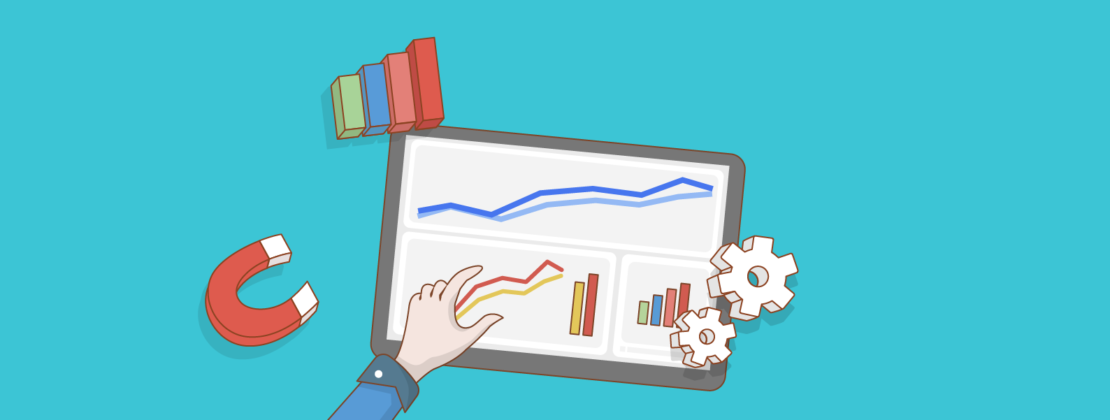The SaaS market is currently growing by 18% each year. That means that more and more niches become occupied as competition increases. It also means that you absolutely need to create a winning go-to-market strategy for your SaaS product before it goes public.
SaaS marketing has its own rules, and we’re going to discuss them in this post. You’ll learn how to make your SaaS sell itself by using multiple channels, creating automations, and unleashing the power of evergreen and situational content.
Content:
What is SaaS marketing?
SaaS (software as a service) marketing implies creating awareness of, and long-term interest in, a subscription-based product. This process is essential for B2B and B2C software companies alike. However, it’s the B2B market that is the most challenging for new SaaS products to conquer — especially when decision-makers and end-users are also tech-savvy.
Marketing a cloud-based product with a monthly-recurring fee is very different from promoting a one-and-done physical product, even though the SaaS customer lifecycle looks similar at first glance: acquisition → engagement → retention.
Learn more about customer lifecycle!
SaaS companies only thrive when they retain users, incentivize referrals and renewals, and continuously provide value by updating and improving their products. SaaS marketing tactics are usually focused on not just targeting new audiences but reducing potential churn.
What’s so special about SaaS marketing?
With SaaS products, the purchasing process sometimes takes days instead of weeks or months, especially with intuitive B2C solutions. On the bright side, it’s easier to see the results of one’s own marketing actions. The dark side is that it’s also easy for users to abandon software that doesn’t fulfill their expectations and never look back.
It can be a real challenge to make users stick. With cash tied up in future monthly payments, SaaS companies often have trouble finding enough resources for growth. The only cure is to align marketing and sales efforts to maintain a stream of annual subscriptions from loyal users.
All your marketing activities should form a cohesive SaaS marketing strategy that includes creating long-term content, guiding and nurturing leads, bidding to outperform the competition, and offering smart pricing plans. The channels that you use matter too: SaaS marketing is unimaginable without SEO, socials, and, often, YouTube. Let’s see how it works.
The golden rules of any SaaS marketing strategy
SaaS marketers have all the power and can help their company move from the seed stage to the “crushing it” stage. Learn how to do it from the best practices of SaaS marketing, enhanced by real-world examples.
Identify user needs
A person who is searching for Nike shoes just wants to buy comfy and trendy shoes. Their needs are easy to understand. They don’t need a personalized solution — they just need a pair of sneakers, an affordable price, and fast delivery.
A person who is considering a SaaS product has a unique set of professional needs, risks, and challenges. Their needs have to be understood and fully met for their software subscription to last. These questions can help you understand your users better:
- What are their responsibilities and goals?
- What are their pain points and frustrations?
- What content do they need to see?
- What content formats do they prefer?
- What does their customer journey look like?
- Who evaluates their performance?
- What are their top-valued and least valued features?
- What are their budget constraints?
Ideally, you need to create at least three personas: a daily user, a manager, and a decision-maker. Then, address their individual needs with your content to help your users understand the true value of your product. You can start with your homepage and link to dedicated landing pages for each target group.
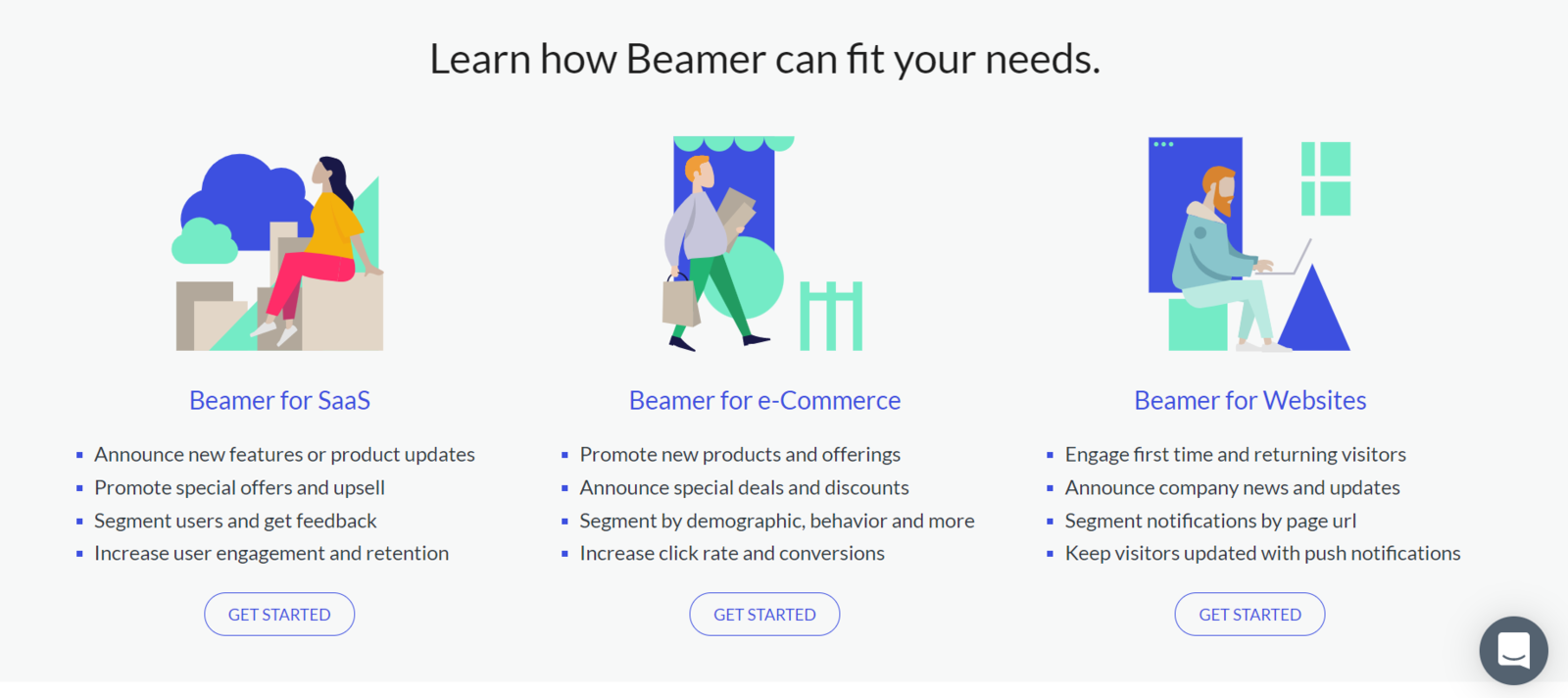
It’s helpful to create SaaS user personas to visualize how your product solves different problems — they help marketers, salespeople, designers, and developers better empathize with users. User personas need to be validated and deepened with real data once your product hits the market.
Analyze competitors in your niche
You can’t move forward without knowing who else is fighting for your target audience’s attention. Check out the following resources to discover software similar to yours and read what their users are saying:
- G2;
- Trustpilot;
- Capterra;
- SaaSGenius;
- SaaSWorthy;
- SaaSList;
- Software Advice;
- Discover Cloud;
- TrustRadius.
Once you’ve rounded up all of your competitors, it’s time to analyze:
- their USP;
- the marketing strategies they use and if there are any gaps;
- their search rankings and organic reach;
- their social media presence;
- the keywords they target;
- how many backlinks they have and where they get them from.
You can also analyze their onboarding process and lead nurturing strategies to identify and fix your own blind spots.
Here is a bold trick that can only be used with software: go ahead and publish a side-by-side comparison where you explain how your product is different from that of your competitors and what your special features are.
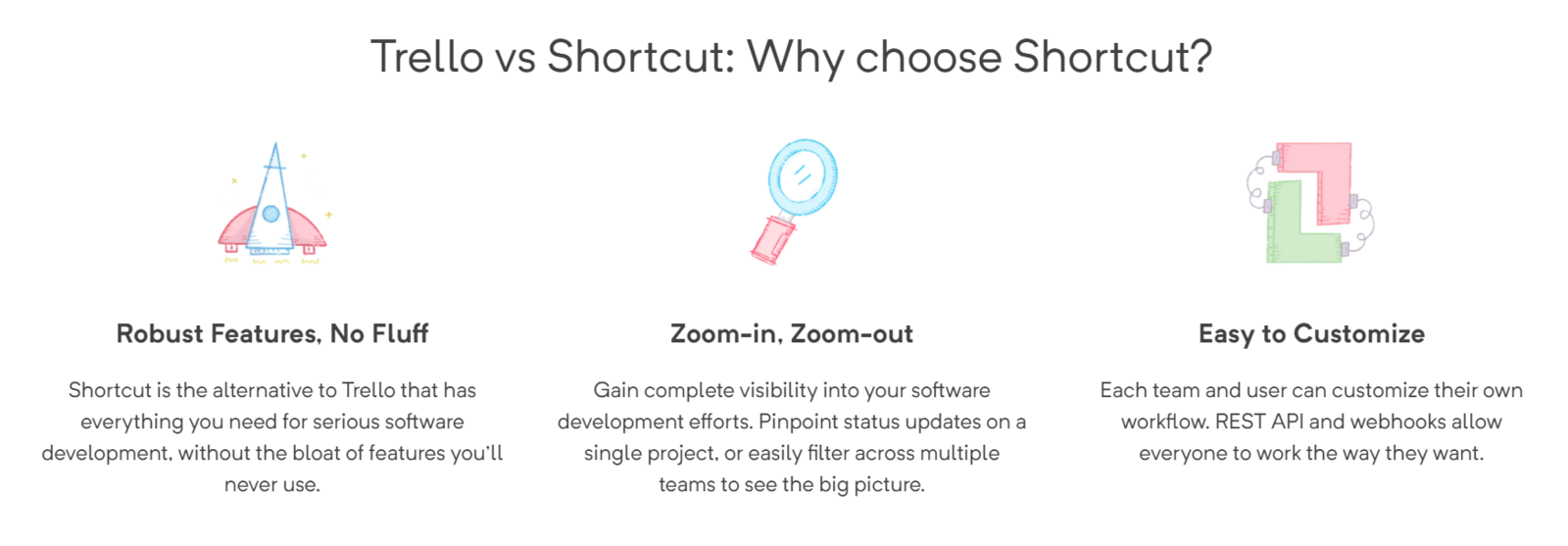
A dedicated landing page like that can bring you a generous portion of attention and organic traffic, but even a single mention would be enough to step into the spotlight.
Polish your USP
Your brand positioning is how your users perceive and remember your company and your products. Make sure your unique value proposition not only stands out but also carries meaning for each member of your target audience, no matter how diverse it is.
To achieve that, focus on the results your software brings instead of the product itself.
What will your users get when they use it? What will they accomplish with it? Taking a human-centered approach can be surprisingly insightful.
Another thing about USP is that it has to sound big (but not sensational!). There are many ways to tell the same story — go for the most daring one.
| Good | Better |
| Our tool makes networking easier | Our tool will transform your networking game |
| Get more done with our tool | The only tool you need to manage your time |
| Make convincing presentations | Captivate your audience with every slide |
Don’t offer a small improvement or a quick fix — instead, position your software as a fundamental change, a significant shift, a new opportunity. Get your audience excited from the first touchpoint, and your product will be picked out from the crowd.
Develop your SaaS content marketing strategy
Creating and publishing great content is the best way for any SaaS brand to be discovered. Finding your own unique angle is challenging but rewarding — you’ll naturally build your authority and increase brand awareness while providing value for your potential clients.
There is no perfect recipe for SaaS content creation. The most important thing is to stay true to your company’s mission. Here is an example of an unusual SaaS blog — this digital mental health service provider creates moving, educational, and engaging content that resonates with their target group (employers) and anyone interested in mental wellbeing.

SaaS content can be optimized for lead nurturing, lead generation, and SEO. Create in-depth content for users at different levels of awareness, interest, or advocacy. You can start with your main topic of expertise and move to subtopics and related topics, covering them one by one. The more diverse your content is, the more chances it has to cut through the noise and captivate the user’s attention.
Here is a more typical example of SaaS content:
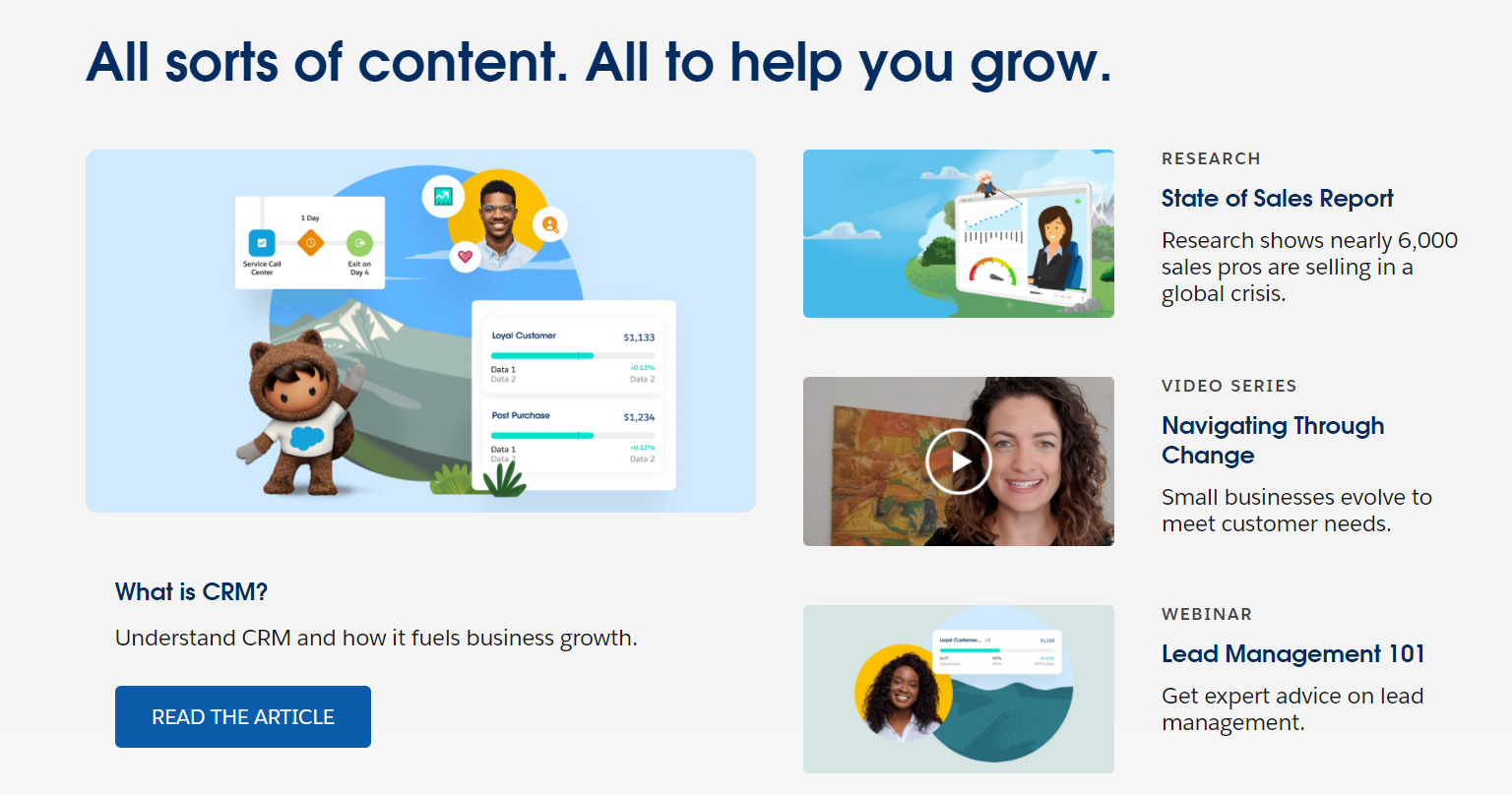
Take a look at some of the best practices of SaaS content marketing:
- Answer critical questions about your product with your content.
- Connect your content assets so that users interested in one specific topic can discover related articles or videos.
- Create a content matrix to make sure you use the right types of content at the right time.
- Publish gated content with unique value to grow your mailing list.
- Promote your content on social media, through guest posting, personalized outreach, and collaborations with other niche resources.
Having a SaaS blog is crucial, but how about other channels and content formats?
- on-page videos;
- YouTube channel;
- case studies;
- reports;
- calculators;
- quizzes;
- infographics;
- knowledge library;
- newsletters;
- interviews;
- downloadables;
- eBooks and courses;
- webinars;
- whitepapers;
- podcasts;
- guest posts.
If you had to choose one, we would recommend going with videos. Demos, explainers, onboarding, Q&A — these types of videos are essential for marketing SaaS products. They can fit into your sales funnels, nurturing and onboarding campaigns, email sequences, and PPC landing pages.
Set up your SaaS email marketing campaign
Even though email marketing is part of any content marketing strategy, it shouldn’t be treated as something secondary. Email supersedes other communication channels in terms of efficiency, predictability, and versatility. You can fully automate nurturing, onboarding, and welcome email series and move users through your funnel without having to actively participate.
Here is how to go about it:
- Map out your customer journey and build email nurture flows for each stage.
- Segment your audience — demographics, job titles, industry, interest, language, etc.
- Deliver relevant and appealing content your users won’t find elsewhere.
- Split-test your emails to find the best-performing copy and design.
- Set up behavioral triggers such as gated content downloads, webinar signups, or demo requests.
- Collect user feedback by sending survey emails.
SaaS emails can be informal, engaging, and thrilling:

You can create a similar SaaS email marketing campaign in a matter of minutes using SendPulse. We offer an intuitive code-free builder, customizable templates, 24/7 support, and affordable rates. Be sure to check out our email automation tools before you go any further.
Add social proof
The abundance of shady apps and fraudulent websites forces users to be way more cautious in their purchasing choices. If they come across a new solution for their industry, they’ll likely check its legitimacy before even considering it. While giants like Dropbox and Hubspot have full customer trust, small-scale solution providers have to prove that they are trustworthy.
Luckily, just a handful of users can provide you with solid social proof that will help you win new audiences.
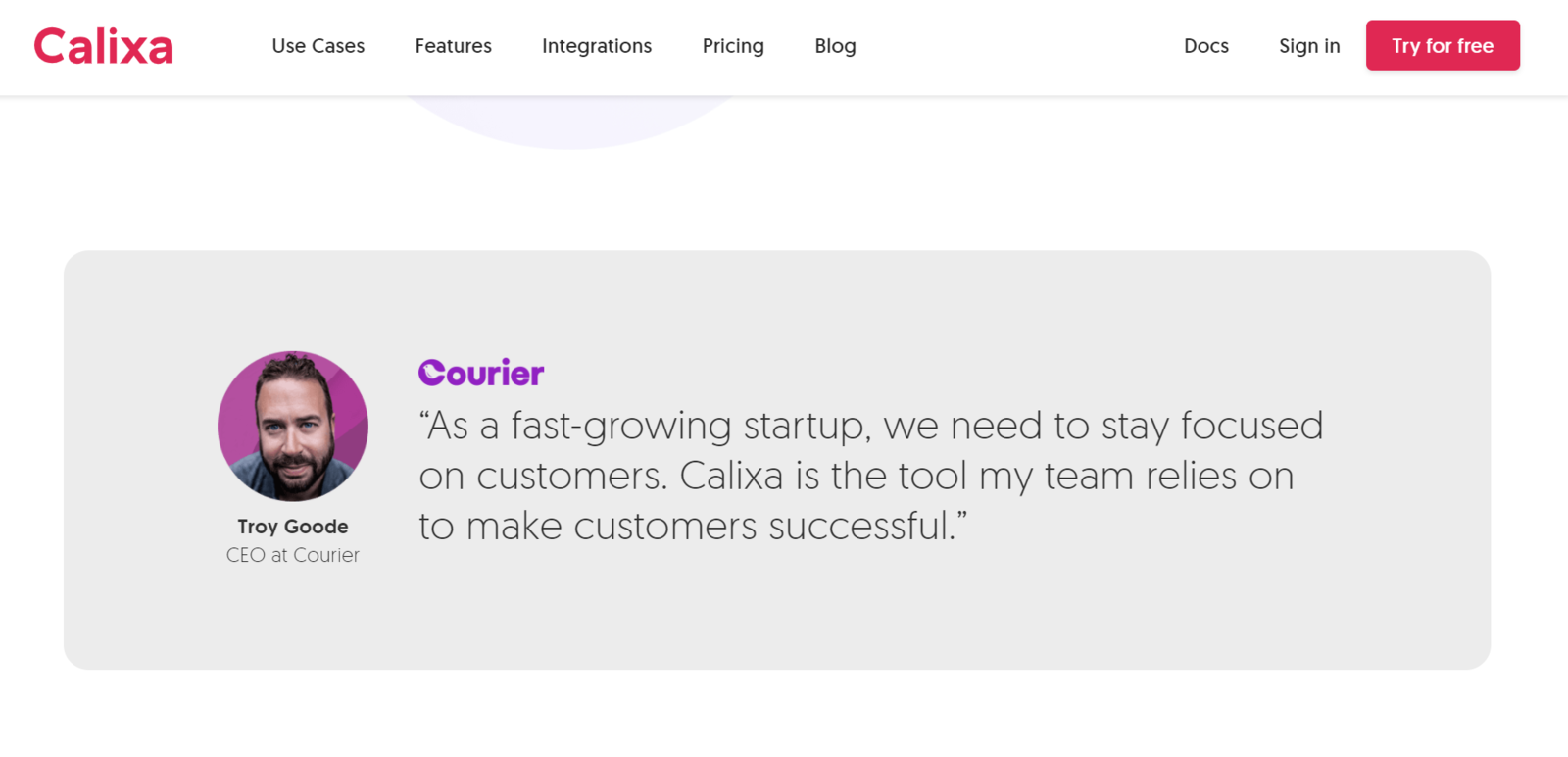
When marketing SaaS products, it’s important to include full names and job titles in testimonials because your prospects will like to see how you solve their peers’ problems. Social proof doesn’t work when it’s too generic, impossible to check, or incomplete.
Listen to online conversations around your brand
If you market a SaaS product, negative word-of-mouth can be a dealbreaker. A single loud frustrated user may be enough for negativity to spread like wildfire and turn off any potential leads from giving your product a try. To prevent that, monitor your online reputation starting day one, the second your product goes live.
It’s not just software review websites that require your close attention — you also need to regularly monitor Twitter, Facebook, and LinkedIn as well as niche expert blogs to be ready to reply to fresh negative comments and answer your target audience’s questions.
This process sounds monotonous, but it doesn’t have to be! Try tools like Mention, SproutSocial, or Brand24 to automate monitoring and be notified when someone mentions your product in a certain context.
Experiment to find your ideal pricing plan and free trial length
Speaking of Brand24, here is a great example of their trial expiration email — it’s convincing, inviting, and data-driven. We recommend adopting a similar approach and language for your SaaS email marketing strategy.

There is a lot of debate surrounding free trials and SaaS pricing models in general. Some argue that you shouldn’t ask for the user’s credit card information during a free trial while others are convinced that it weeds out one-time visitors and brings in more qualified, sales-ready leads.
Most SaaS companies do offer a free trial, self-served or sales-led. During a free trial, users explore new features and get used to the product, so it’s certainly one of the best practices. However, some users can take advantage of your free trial by using your service to the fullest, asking your team tons of questions, and never paying.
Here are some tried-and-true marketing and pricing tactics:
- Nurture your users and help them learn your product better during a free trial.
- If you do ask for credit card information, provide an explanation and specify that you won’t bill them automatically.
- Emphasize how much your users will save by choosing an annual subscription.
- Consider switching to the freemium model with a basic “free forever” plan with limited functionality if a fully functional free trial isn’t for you.
- If you offer a free trial, mention it everywhere including your CTA buttons.
- Test different solutions to find your ideal free trial length.
- Clearly list the features in each pricing plan.
- Re-engage users whose free trial has ended.
- Ask for feedback at the end of each free trial.
The hard fact is that your pricing model can easily strengthen or sabotage your marketing efforts. Eventually, you’ll figure out what pricing strategy works best for your product. The main thing is to incentivize users to buy a long-term subscription.
Use hassle-free subscription forms
One-click signups can make a world of difference for users who are on the fence about your product. Multiple fields do look intimidating, especially when autofill doesn’t work. But, complex forms can easily be avoided or split up into intuitive multi-page forms.
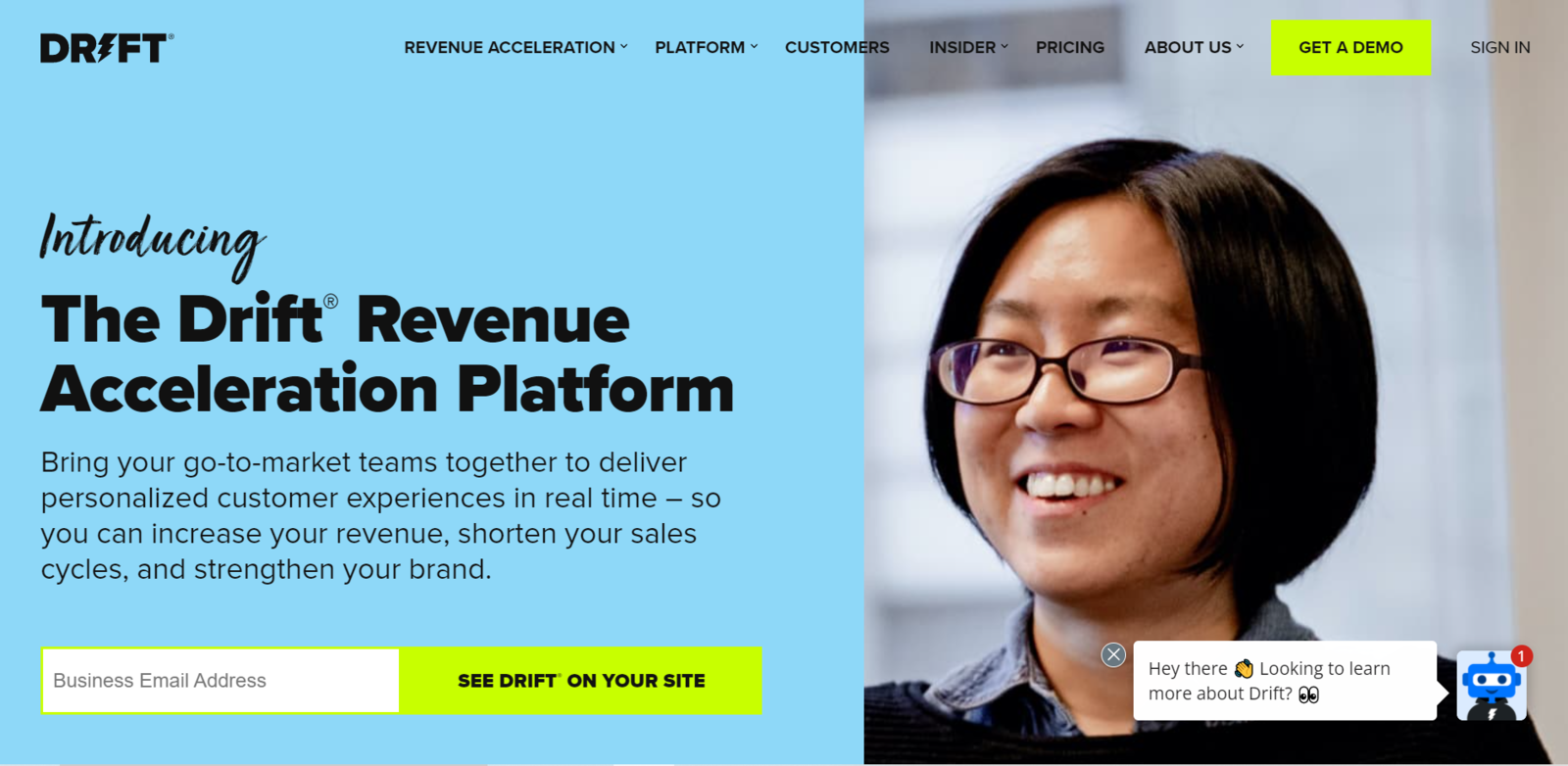
Instant log-ins mean that a user can access your product in two seconds. It’s an effective marketing trick — you decrease the chances of them postponing their signup.
Run paid ads
Paid advertising on Google can boost your product signups, especially when you bid on competitors’ names. With SaaS, many users search for specific brand names and not for generic types of software. They look for comparative solutions, and yours can be one of them.
This is especially true with big-name SaaS brands:

You can try keywords such as “X alternative,” “A better alternative to X,” or “X vs. Z.” It helps to have dedicated landing pages where you actually compare your software with the competing products and prove your claims.
Search ads can get expensive, but there is no need to put all of your eggs in one basket. You can invest in other, more affordable, but no less effective channels such as social media and Google Display Network:
- Gmail Discovery campaigns — target your ideal users when they check their inboxes;
- YouTube — engage viewers instantly with the power of personalized videos;
- remarketing campaigns — warm up and nurture those who’ve already visited your website;
- sponsored posts on Facebook, Instagram, Twitter, or LinkedIn — promote your blog content.
The exact choice of the advertising platform depends on where your target audience prefers to spend most of their time.
Master your SEO
Search engine optimization for SaaS companies includes internal and external work:
- Link building strategy — publish shareable quality content to earn high-authority backlinks with relevant anchor text.
- Active outreach for off-page SEO — regularly search for guest posting opportunities to create backlinks.
- On-page optimization — organize your meta tags, alt texts, and titles.
- Internal linking — create a clear hierarchy for your pages.
- Updating old content — inject relevant keywords in and remove outdated information from your previous blog posts.
- Keyword research and content planning — use keywords from your paid campaigns to create the most relevant assets.
- Website audit — use website optimization tools and SEO tools to check your website load speed, broken links, 404 pages, etc.
SaaS marketers still need to know the very basics of SEO even if they outsource those tasks. It’s the only way to make sure the efforts of different departments are well-aligned.
Empower users to try your product
We’ve already mentioned the importance of having a SaaS blog. But it’s just as critical to have a comprehensive knowledge base and repository of resources to enable your users to quickly solve problems without having to contact your support.
If you have a glossary, an asset library, a knowledge base, or different guides in place, you automatically give your audience a signal that you care about their success. Live support is great, but many users prefer to learn things at their own pace, and self-serve resources can help them make the most of your product.
Start a referral program
It’s an old but gold method to attract new loyal customers through recommendations. You can incentivize your users to refer to others by giving them a discount on a yearly plan or one month for free. Having a referral program means faster conversions, increased brand awareness, and lower customer acquisition costs.
SaaS companies of all sizes benefit from referrals:
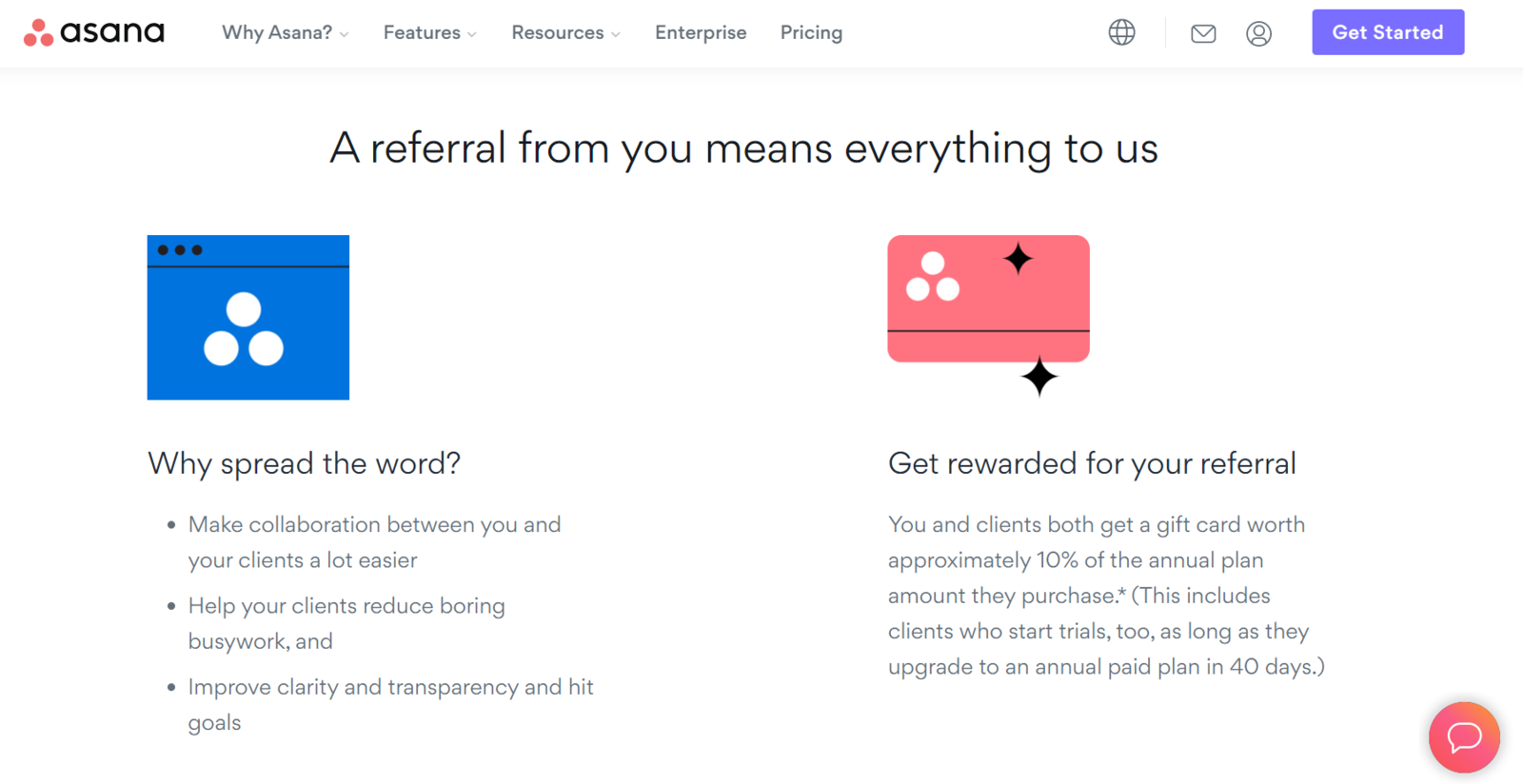
You can also start or join an affiliate program to create an additional stream of signups. We recommend doing proper research beforehand to make sure only legit and trustworthy websites will promote your software.
Where to next?
SaaS marketing efforts will only bring results if two other components are present: an awesome product and killer customer support. If you have both, move on to the next step and automate your communications with leads using SendPulse. Send triggered emails, share valuable content, personalized tips, and more — it’s easy to start a campaign, and it’s even easier to manage it as you go. Try it today!
